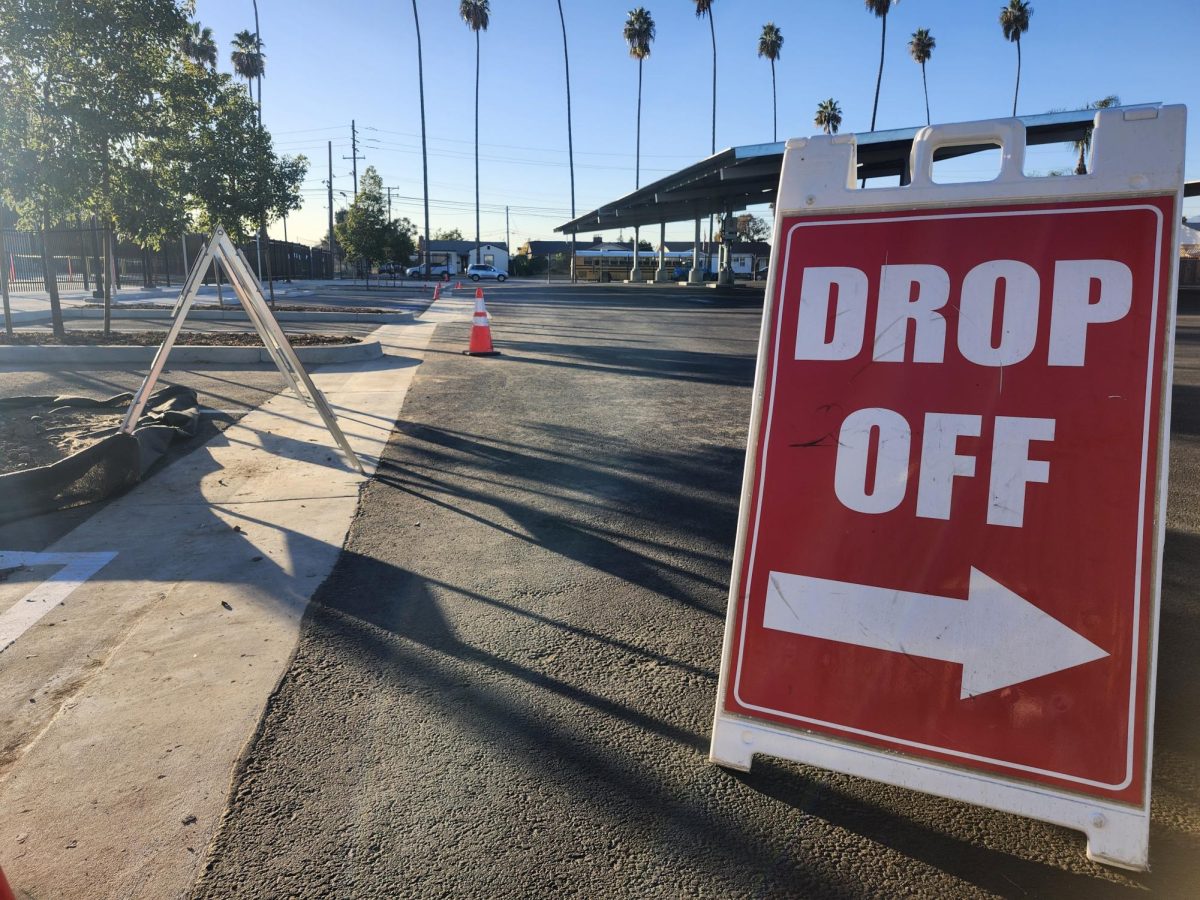
One of the most iconic characters in America became free of Disney’s copyright on Jan. 1. The 1928 animated short film “Steamboat Willie,” featuring both Mickey and Minnie Mouse for the first time, became available for public use.
Public domain is used to refer to content that is not protected by copyright law. Work that is in the public domain can be used freely without needing permission from the owner. In other words, public domain refers to creative work that is not protected by copyright, trademark, or patent laws.
According to AP News, a non-profit American news agency, U.S. law now allows copyright to be held for 95 years after Congress expanded it several times during Mickey’s life. However, it wasn’t just Disney that was pushing for copyright extension. Many copyright holders’ work was about to enter the public domain soon until copyright terms were extended in 1998. This was also known as the Mickey Mouse Protection Act.
“More modern versions of Mickey will remain unaffected by the expiration of the Steamboat Willie copyright, and Mickey will continue to play a leading role as a global ambassador for the Walt Disney Company in our storytelling, theme park attractions, and merchandise,” Disney’s statement said.
At the moment, artists and creators are already making use of the earliest version of Disney’s Mickey Mouse now

entered the public domain. However, creators are limited if they try to make use of Mickey. For example, the same day “Steamboat Willie” entered the public domain, a horror film featuring Mickey’s “Steamboat Willie” was announced. They can only use the non-speaking rat, the boat captain in “Steamboat Willie.”
Despite the limitations, people are already attempting to use Mickey Mouse in many projects. These projects range from simple images to horror movies. “Mickey Mouse Trap” is a horror movie that was unveiled right after Steamboat Willie entered the public domain. It makes use of Steamboat Willie as its main villain. However, it’s unknown if the movie crosses any copyright boundaries as it advertises Mickey Mouse rather than Steamboat Willie.
It’s still unknown how Steamboat Willie entering the public domain will affect Disney in the long run. However, Disney will continue to protect Mickey in any way that they can. For example, according to John Hopkins University’s article “What Mickey Mouse’s Public Domain Debut Means for Copyright Holders”, they’ll still enforce copyright laws over people using the iconic mouse ears. It’s also a requirement that anyone that uses Steamboat Willie make it clear in whatever way that they aren’t affiliated with Disney, and their works are not owned by the company.













